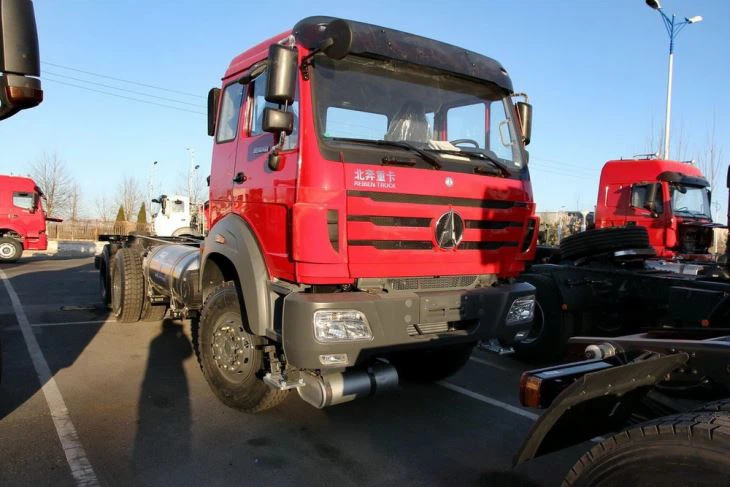Galbreath Roll Off Parts: Your Comprehensive Guide

The Galbreath roll-off system is a reliable option for waste management and transportation. Understanding the various parts that make up this system is crucial for effective maintenance and operation. In this article, we will explore Galbreath roll-off parts in detail, covering everything from components to maintenance tips. By the end, you will have a solid understanding of how these parts work together and how to keep your system running smoothly.
1. Overview of Galbreath Roll Off Systems
Galbreath is known for its durable roll-off systems that are essential for transporting waste. These systems are widely used in construction, demolition, and environmental projects.
1.1 Key Features of Galbreath Roll Off Systems
- Durability: Built to withstand heavy loads.
- Versatility: Suitable for various waste materials.
- Ease of Use: Designed for efficient loading and unloading.
1.2 The Importance of Quality Parts
Using high-quality parts in your Galbreath roll-off system ensures longevity and reliability. Components that wear out can lead to increased downtime and costly repairs.

2. Major Components of Galbreath Roll Off Parts
Understanding the major components of Galbreath roll-off parts is key to effective maintenance. Here are some of the most critical parts:
2.1 Roll Off Container
The roll-off container is the primary component where waste is stored. It comes in various sizes to accommodate different loads.
Specifications
| Size | Typical Capacity (Cubic Yards) |
|---|---|
| 10 ft | 10 |
| 15 ft | 15 |
| 20 ft | 20 |
2.2 Roll Off Frame
The frame is the backbone of the roll-off system, providing strength and stability. It is designed to support the weight of the container and the materials inside.
2.3 Hydraulic System
The hydraulic system is responsible for lifting and lowering the roll-off container. It includes hydraulic pumps, hoses, and cylinders.
Maintenance Tips
- Regularly check for leaks in hoses and connections.
- Inspect hydraulic fluid levels frequently.
- Replace worn seals to prevent hydraulic failures.
2.4 Tarping System
A tarping system is used to cover the load, keeping it secure during transport. This system often includes a motorized or manual cover.
Installation Guidance
Ensure your tarping system is properly installed to prevent any accidents. Regular maintenance of the tarp fabric is also essential for longevity.
3. Common Galbreath Roll Off Parts and Their Functions
Each part of the roll-off system plays a vital role in its overall functionality. Here are some common parts and their functions:
3.1 Cables and Chains
Cables and chains are responsible for securing the roll-off container during transport, ensuring it remains stable.
3.2 Safety Devices
Safety devices, such as brakes and locks, prevent accidents by securing the roll-off container when not in motion.
3.3 Wheels and Axles
Wheels and axles allow smooth movement of the roll-off container, making transportation easier. Proper lubrication and maintenance are essential for robust operation.
4. Maintenance of Galbreath Roll Off Parts
To ensure the longevity of your Galbreath roll-off system, regular maintenance is crucial. Here are some best practices:
4.1 Routine Inspections
Conduct routine inspections of all components to identify any wear or damage. This helps in taking preventive measures before a breakdown occurs.
4.2 Cleaning and Lubrication
Keep rolling components clean and well-lubricated. This reduces wear and enhances the performance of moving parts.
4.3 Replacement of Worn Parts
Replace worn or damaged parts promptly to prevent further damage to the system.
5. Troubleshooting Common Issues with Galbreath Roll Off Parts
Even with proper maintenance, issues may arise. Here are some common problems and solutions:
5.1 Hydraulic System Failures
Leaks or low fluid levels can cause hydraulic failures. Regularly check the hydraulic system for signs of trouble.
5.2 Container Jam
If your roll-off container is jamming, inspect the tracks and rollers for debris or damage.
5.3 Difficulty with Tarping Systems
For issues with the tarping system, check the motor and controls. Regularly inspect and replace the tarp fabric as needed.
6. Sourcing Quality Galbreath Roll Off Parts
When it comes to sourcing parts, quality is paramount. Here are some tips for finding quality components:
6.1 Authorized Dealers
Purchase from authorized Galbreath dealers for guaranteed quality and compatibility.

6.2 Online Marketplaces
Reputable online marketplaces often have a variety of parts available, sometimes at better prices.

6.3 Local Shops
Consider local shops for parts. They may provide quicker service and support.
7. Practical Examples of Galbreath Roll Off Parts in Action
Understanding how these parts function in real-world scenarios can help solidify your knowledge:
7.1 Construction Sites
On construction sites, roll-off containers are used for debris disposal. The hydraulic system’s efficiency allows for quick loading and unloading.
7.2 Waste Management Facilities
These facilities utilize roll-off systems to manage various waste types, with the tarping system ensuring safe transport to disposal locations.
8. FAQs about Galbreath Roll Off Parts
8.1 What sizes do Galbreath roll-off containers come in?
Galbreath roll-off containers are available in various sizes, typically ranging from 10 to 30 cubic yards.
8.2 How often should I perform maintenance on my roll-off system?
It is recommended to perform maintenance checks monthly, with more extensive annual inspections.
8.3 Can I replace parts myself?
Yes, many parts can be replaced by the user if you have the right tools and knowledge. However, consulting a professional is advised for complex systems.
8.4 Are Galbreath parts compatible with other roll-off systems?
While some parts may be compatible, it is usually best to use genuine Galbreath parts to ensure optimal performance.
8.5 What should I do if my hydraulic system is leaking?
If you notice a leak, inspect hoses and connections immediately. Replace damaged parts and refill hydraulic fluid as necessary.
8.6 Where can I find replacement parts for Galbreath roll-off systems?
Authorized dealers, reputable online marketplaces, and local auto parts stores are good places to find replacement parts.
